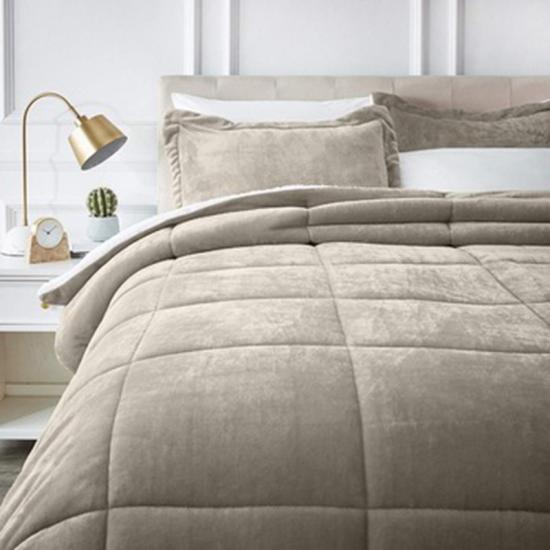Microfiber flannel blankets can impact static electricity generation in several ways, often due to their synthetic composition. Here's a detailed look at how microfiber flannel blankets interact with static electricity:
1. Synthetic Fibers and Static Electricity:
Synthetic Nature: Microfiber is made from synthetic materials like polyester or nylon, which are more prone to static electricity buildup compared to natural fibers. These materials do not dissipate electrical charges as effectively, leading to the potential accumulation of static electricity.
Friction: When microfiber blankets rub against other surfaces or fabrics, friction can generate static charges. This is particularly noticeable in dry environments where humidity is low, as there is less moisture to help dissipate static electricity.
2. Impact on Comfort:
Static Cling: Static electricity can cause microfiber blankets to cling to the body or other fabrics. This may be uncomfortable and can lead to a feeling of stickiness or irritation. It can also attract dust and lint, which can affect the cleanliness and appearance of the blanket.
Comfort Issues: In severe cases, static electricity can create small shocks when the blanket is touched or when the user moves around, which can be bothersome.

3. Mitigation Strategies:
Anti-Static Treatments: Some microfiber blankets are treated with anti-static agents during manufacturing to reduce static buildup. These treatments help to neutralize static charges and prevent the blanket from clinging or creating discomfort.
Fabric Softeners: Using fabric softeners in the wash can help reduce static electricity. Fabric softeners coat the fibers with a thin layer of chemicals that help to reduce friction and static buildup.
Increased Humidity: Adding moisture to the environment can help reduce static electricity. Using a humidifier or placing a damp cloth in the dryer can help maintain humidity levels, which in turn helps to dissipate static charges.
4. Comparisons with Other Fabrics:
Natural Fibers: Natural fibers like cotton or wool generally generate less static electricity compared to synthetic fibers. They are more conductive and better at dispersing static charges, which can make them more comfortable in dry conditions.
Blended Fabrics: Some blankets are made from blended fabrics that combine synthetic and natural fibers to balance the benefits of both. These blends may reduce static electricity while maintaining some of the desirable properties of microfiber.
Microfiber flannel blankets, due to their synthetic nature, are more susceptible to static electricity buildup compared to natural fibers. This can result in static cling, discomfort, and increased attraction of dust and lint. However, various treatments and strategies, such as anti-static agents and fabric softeners, can help mitigate these effects and improve the overall comfort and usability of the blanket.















.jpg)
.jpg)
.jpg)
.jpg)
.jpg)
.jpg)
.jpg)

.jpg)